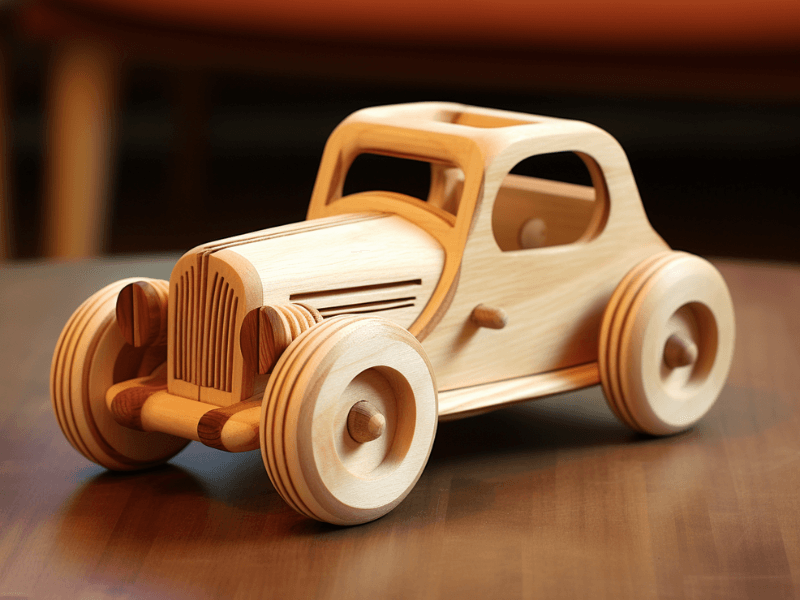We often find ourselves reaching for that reliable tube of super glue for quick and easy fixes. It’s great for a myriad of materials but what about when it comes to wood? Does the same rules apply?
Let’s delve into this adhesive adventure and determine whether super glue is indeed the super hero we need when it comes to wood applications.
Overview: Splinters and Glue – A Wood Worker’s Guide
- Essential knowledge before using super glue on wood
- Wood type matters – exploring the pros and cons of super glue based on wood type

Adhesive Acumen: What to Know Before Using Super Glue on Wood
While super glue, a cyanoacrylate-based adhesive, is known for its quick bonding time and robust adhesion, it’s essential to understand that not all wood types respond the same way to super glue.
The wood’s density, grain pattern, and moisture content can significantly affect the effectiveness of super glue.
Super glue is generally recommended for small projects and repairs due to its quick setting time and strong bond. However, for larger woodworking projects where flexibility is needed, super glue may not be the ideal choice.
Tree Traits: Pros and Cons of Using Super Glue on Different Wood Types
Super glue’s effectiveness varies based on wood type, density, and porosity.
Let’s break it down:
Softwoods (like Pine, Fir, and Cedar): These woods are typically more porous, allowing super glue to penetrate deeper and bond effectively.
- Pros: Quick to bond and usually results in a strong bond.
- Cons: Due to its low viscosity, super glue can be absorbed too quickly, sometimes requiring more glue to create a bond.
Hardwoods (like Oak, Maple, and Walnut): Hardwoods have tighter grain and are denser, which can prevent the glue from penetrating as deeply.
- Pros: Can create a strong surface bond.
- Cons: Might not penetrate deeply, potentially resulting in a weaker bond. Extra care is needed to avoid a messy application as it doesn’t absorb as quickly.
Engineered Wood (like MDF, Plywood, and Particle Board): These wood types can be tricky due to their manufacturing process and varying densities.
- Pros: Can bond effectively with the surface.
- Cons: Its performance can be inconsistent due to the varied materials used in engineered wood.
Conclusion: Sticking Together – The Final Word on Super Glue and Wood
Super glue can indeed be a trusty tool in your adhesive arsenal when it comes to wood applications, but it’s crucial to consider the type of wood you’re working with and the nature of your project.
Remember, while super glue forms a strong bond quickly, it might not always be the best option for larger projects or specific wood types. It’s always best to do a test piece before committing to using super glue on a vital project.
Now armed with this adhesive awareness, you’re set to make the best choices for your wood-crafting ventures.


